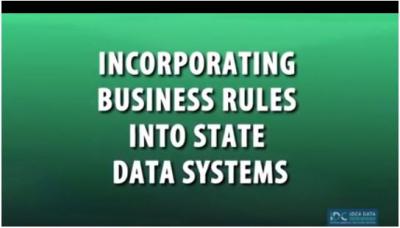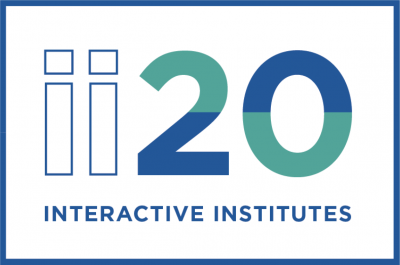
Resource Library
Guides. Briefs. Toolkits. Quick reference information. IDC and its partners created these data quality resources to help states better prepare to address their existing or emerging IDEA data quality needs. Use our search and filtering tools to navigate the library.
Resources 43 - 49 of 88
Format: Applications and Spreadsheets
Interactive Public Reporting EngineThe Interactive Public Reporting Engine displays the complete set of IDEA data that states collect and submit to OSEP to meet the requirements of Section 618 of IDEA. This tool displays each dataset and the required disaggregations such as race/ethnicity, gender, and age. It provides a more dynamic way for states to meet the 618 public reporting requirements, and linking to the tool fulfills the public reporting requirements. In addition, use of the tool promotes conversations about how to improve results among families, teachers, schools, related service providers, administrators, policymakers, and other interested stakeholders.
Format: Trainings
Incorporating Business Rules Into State Data SystemsThe Incorporating Business Rules Into State Data Systems instructional video explores the different ways Part B and Part C state agencies can incorporate business rules into their IDEA state data collection and reporting systems.
Format: Trainings
ii20 Session Presentations and HandoutsThe Interactive Institutes 2020 – Building and Sustaining a Culture of High-Quality Data provided opportunities for participants to take a deep dive into data quality topics to learn about data culture change. Participants were able to discover best practices to improve data collection, reporting, analysis, and use. They also engaged with peers and TA providers about trending data quality topics. Each session presented powerful ideas and actionable plans to improve work processes and data quality.
Format: Guides and Briefs
IDEA Section 618 Public Reporting Data Element Checklist – Part BThis interactive checklist helps states meet IDEA Section 618 public reporting requirements. The checklist also has an archiving function to document the posting process for later reference.
Format: Applications and Spreadsheets
IDEA Part B Indicator 12 Transition Template: Calculating Data WorksheetThe tool converts state and LEAs early childhood transition data into percentages. Use of the tool enables states to see real-time percentages of children ages 3-5 in the transition reporting categories and compare the percentages of children within the categories across LEAs.
Format: Guides and Briefs
IDEA Part B Discipline Data Collection Questions and AnswersThe purpose of this document is to assist states with the collection of data on children with disabilities served under IDEA who were subject to disciplinary removal. States can use this document to supplement the instructions provided in the EDFacts file specifications for the EDFacts files that are used to report IDEA disciplinary removal data (C005, C006, C007, C088, C143, and C144).
Format: Applications and Spreadsheets
IDEA Part B Data Manager CompetenciesThe IDEA Part B Data Manager Competencies tool outlines foundational knowledge and skills necessary for typical data manager roles and responsibilities. The competencies reflect principles for effective management, support, and use of high-quality IDEA Part B data and fall under one of three overarching categories: content knowledge and skills, technical knowledge and skills, and interpersonal skills.








